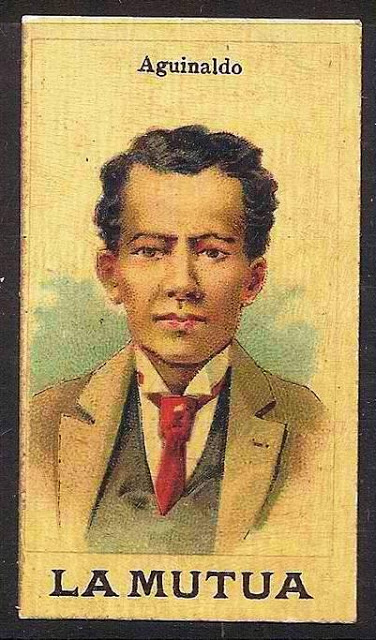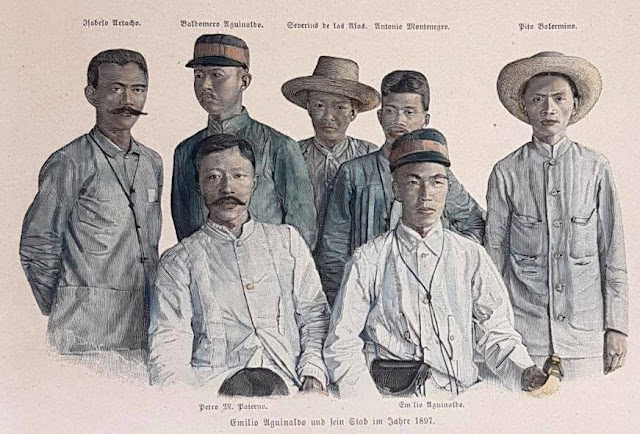Stefan Zweig - On the First Man To Circle The Globe

Stefan Zweig they say, is one of the most-translated writers of the 20th century, probably also the most exploited. I recall years ago, a colleague slew the essay I was writing abo ut the Austrian author by saying, Zweig speculated too much. Who was the first man around the globe? According to Zweig, it was Magellan's Malay slave Enrique. Zweig builds upon this theme of Enrique finally coming back to his home, back to his place of origin. The mere fact that Enrique was able to communicate with the Cebuanos made Zweig conclude using, his term: "das Ziel ist erreicht, seine Tat ist getan" (the goal is reached, his deed is done) Meaning the world had been circumnavigated. Now, why did Zweig come up with this conclusion? What was the center of this claim? The answer is Language. Again if I may use Zweig's original German term, "Rand des malaiischen Sprachekreises wieder betreten" (the border of the circle of Malay languages), meaning Enrique came back to th...


